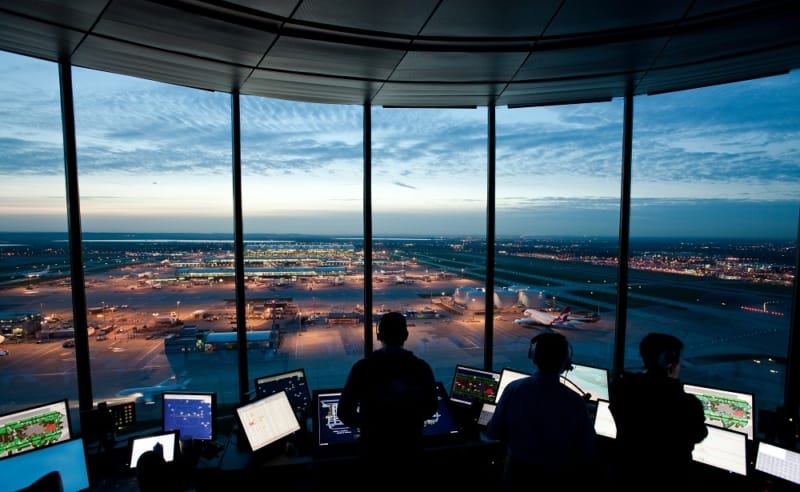
To new pilots contacting the controller after departure can be a bit confusing, and it is therefore important to read the departure charts for the airport that you are at, whether that be in the UK or anywhere else in the world.
At some airports, you will be expected to change frequency when airborne, when passing a specific altitude, or when told to by a controller, and you may also be required to pass specific information to that controller so that they know where you are and what you are doing.
In the UK you should wait for the controller to hand you off to another frequency, and you need to make a note of this frequency as it is not necessarily the approach controller that will handle you once you are airborne (most approach units delegate this to an en-route controller).
When you contact the en-route controller you need to pass your callsign, SID, passing altitude and initial climb.
SID
It is important for you to state the SID or heading and altitude instructions as appropriate. This allows for the controller to confirm that you are flying the SID that you have been cleared on and is recorded on the flight strip. This is because a ground controller may have changed the SID and not updated the flight strip and can lead to confusion so this has to be clarified.
Passing altitude
It is important for you to report the altitude that your aircraft is flying through, this is because the radar interrogates the transponder, and in return, the transponder passes both a code and an altitude readout (known as mode c), so it is important for the controller to verify that the reading on the radar screen is the same as what your aircraft says (within 200 feet). If the value is greater than 200 feet in difference, then you will be asked to report your mode c again. It doesn’t mean anything is wrong, just that the value is greater than 200 feet in difference. It is important that you make sure that the QNH is set correctly, if you are using winds calm then make sure your QNH is set to 1013 and not the real world value as this will cause mode C discrepancies.
Initial climb
It is important for you to state the level that you are climbing to, this is the first altitude restriction after departure and not the altitude at the end of the SID. This is so that the controller knows that you are following the SID profile and are not going to bust your level. It is therefore important to check the departure charts before you take off so that you know what the altitude restrictions are. You must follow these restrictions unless told otherwise by ATC, as it is frustrating when you are controlling, watch a plane climb straight up to FL130 and go straight through another airport’s arrival stream and them claim to have not bothered to read the charts.
It is therefore important that you do all of these steps so that you can help to reduce controller workload in an environment that is very busy, remember to take your time and know what you are going to say and follow the instructions that you are told
Want to know how to contact an approach controller? Check out our post here
0 Comments